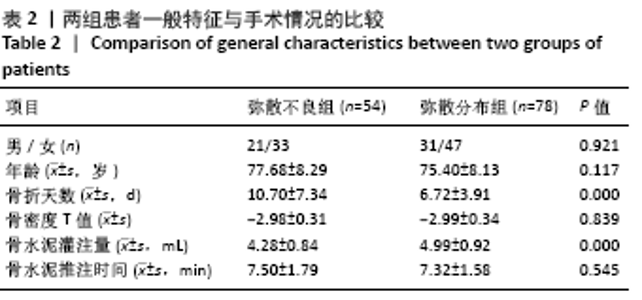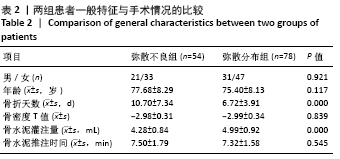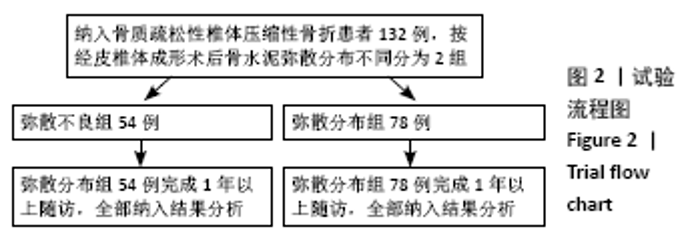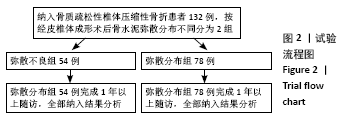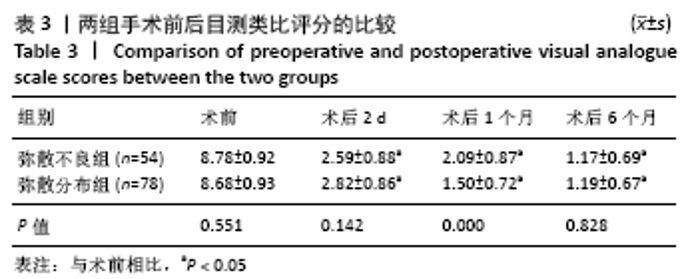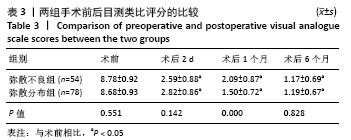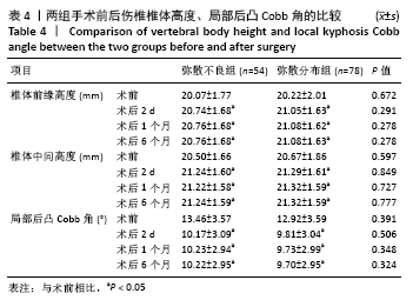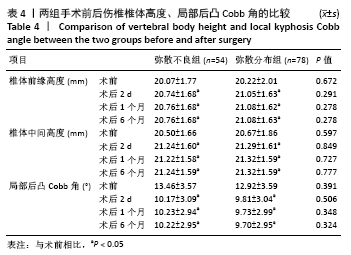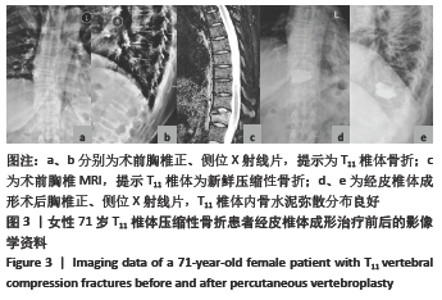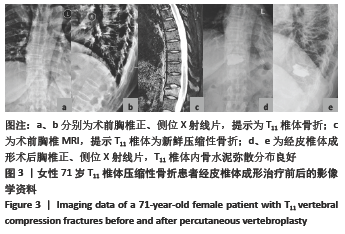[1] 丁悦,张嘉,岳华,等.骨质疏松性椎体压缩性骨折诊疗与管理专家共识 [J].中华骨质疏松和骨矿盐疾病杂志,2018,11(5):425-437.
[2] ZEYTINOGLU M, JAIN RK, VOKES TJ. Vertebral fracture assessment: Enhancing the diagnosis, prevention, and treatment of osteoporosis. Bone. 2017;104:54-65.
[3] PAPANATASSION ID, FILIS A, GEROCHRISLOU MA, et al. Controversial issues in kyphoplasty and vertebroplasty in osteoporotic vertebral fractures. Biomde Res Int. 2014;2014:934206.
[4] RAPAN S, BATRNEK J, RAPAN V, et al. Quality of life in patients following vertebroplasty. Open Access Maced J Med Sci. 2017;5(1):42-47.
[5] 吴庆能,赵进喜,范文俊,等.PKP与PVP治疗老年骨质疏松性椎体压缩骨折的疗效比较[J].中国骨与关节损伤杂志,2016(9):966-967.
[6] 谭斌,刘雄文,刘刚,等.经皮椎体后凸与经皮椎体成形术修复骨质疏松椎体压缩性骨折:随机分组比较[J].中国组织工程研究, 2016, 20(4):539-543.
[7] FILIPPIADIS DK, MARCIA S, MASALA S, et al.Percutaneous vertebroplansty and kyphoplasty: current status, new developments and old controversies. Cardiov Interv Radiol. 2017;40:1815-1823.
[8] 俞武良,陆建猛,韦勇力,等.经皮椎体成形术中椎体内骨水泥分布范围对疗效的影响[J].中国矫形外科杂志,2015,23(20):1836-1840.
[9] 黄荷,张兆飞,谢春亮,等.经皮椎体成形术骨水泥“倒U型”分布的临床疗效[J].中山大学学报(医学版),2018,39(4):554-559.
[10] HE S, ZHANG Y, LV N, et al. The effect of bone cement distribution on clinical efficacy after percutaneous kyphoplasty for osteoporotic vertebral compression fractures. Medicine (Baltimore). 2019;98(50): e18217.
[11] GALIBERT P, DERAMOND H, ROSAT P, et al. A treatment method for certain angiomas-percutaneous vertebroplasty with acrylic cement. Neuro-Chirurgie. 1987;33(2):166-168.
[12] ANSELMETTI GC, MANCA A, HIRSCH J, et al. Percutaneous vertebroplasty in osteoporotic patients:An institutional experience of 1,634 patients with long-term follow-up. J Vasc Interv Radiol. 2011; 22(12):1714-1720.
[13] 曹臣,陈书连,高延征,等.骨填充网袋单侧穿刺经皮椎体成形术与经皮椎体后凸成形术治疗骨质疏松性椎体压缩骨折的疗效比较[J].中华创伤杂志,2019,35(1):30-37.
[14] LEE DK, PARK CK, PARK CJ, et al. Analysis of Risk Factors Causing New Symptomatic Vertebral Compression Fractures After Percutaneous Vertebroplasty for Painful Osteoporotic Vertebral Compression Fractures: A 4-year Follow-up. Spinal Disord Tech. 2015;28(10):E578-E583.
[15] D’ERRICO S, NIBALLI S, BONUCCELLI D. Fatal cardiac perforation and pulmonary embolism of leaked cement after percutaneous vertebroplasty. Forensic Leg Med. 2019;63:48-51.
[16] 闫光华,葛顺杰,仇继任,等.经皮椎体成形骨水泥渗漏的治疗与预防[J].中国组织工程研究,2018,22(26):4241-4246.
[17] BELKOFF SM, MATHIS JM, JASPER LE, et al. The biomechanics of vertebroplasty. The effect of cement volume on mechanical behavior. Spine(Phila Pa 1976). 2016;26:1537-1541.
[18] 蔡凯文,蒋国强,卢斌,等.椎间隙骨水泥渗漏的不同分型对邻椎相邻终板应力分布的影响:三维有限元研究[J].中华骨科杂志,2019, 39(6):364-373.
[19] SUN G, TANG H, LI M, et al.Analysis of risk factors of subsequent fractures after percutaneous vertebroplasty. Eur Spine J. 2014;23(6): 1339-1345.
[20] YI X, LU H, TIAN F, et al. Recompression in new levels after percutaneous vertebroplasty and kyphoplasty compared with conservative treatment. Arch Orthop Trauma Surg. 2014;134(1):21-30.
[21] ZHANG ZF, HUANG H, CHEN S, et al. Comparison of high- and low-viscosity cement in the treatment of vertebral compression fractures: a systematic review and meta-analysis. Medicine (Baltimore). 2018;97: e0184.
[22] JIN YJ, YOON SH, PARK KW, et al.The volumetric analysis of cement in vertebroplasty:relationship with clinical outcome and complications.Spine(Phila Pa 1976). 2011;36(12):E761-772.
[23] MARTINCIC D, BROJAN M, KOSEL F, et al. Minimum cement volume for vertebroplasty.Int Orthop. 2015;39(4):727-733.
[24] LEE BG, CHOI JH, KIM DY, et al.Risk factors for newly developed osteoporotic vertebral compression fractures following treatment for osteoporotic vertebral compression fractures. Spine J. 2019;19(2):301-305.
[25] HONG M, ZHOU C, ZHU K, et al.12-month teriparatide treatment reduces new veatebral compression fractures incidence and back pain and improves quality of life after percutaneous kypholasty in osteoporotic women. Clin Interv Aging. 2019;14:1693-1703.
[26] GUAN H, YANG H, MEI X, et al. Early or delayed operation, which is more optimal for kyphoplasty? A retrospective study on cement leakage during kyphoplasty. Injury. 2012;43:698-703. |
